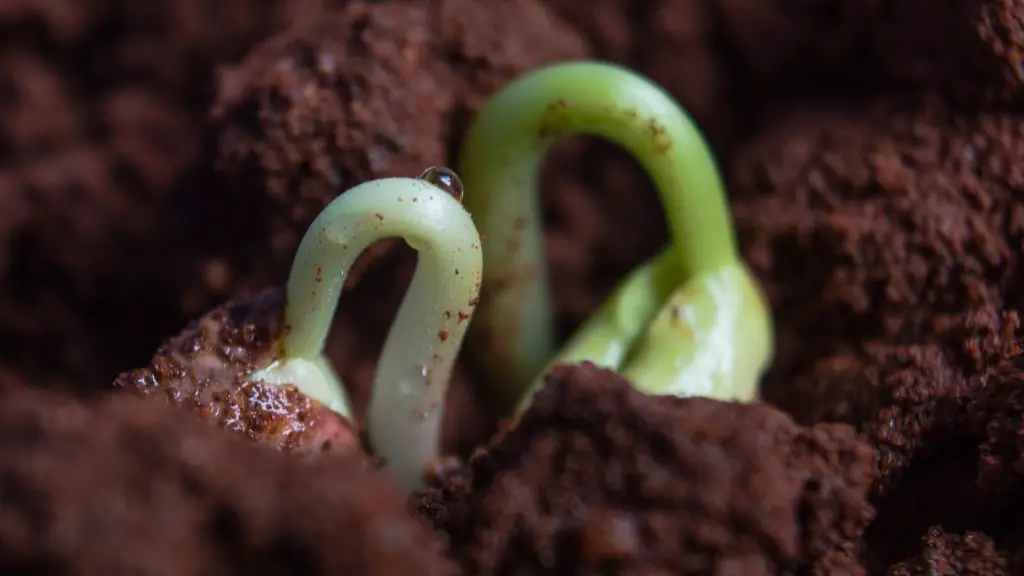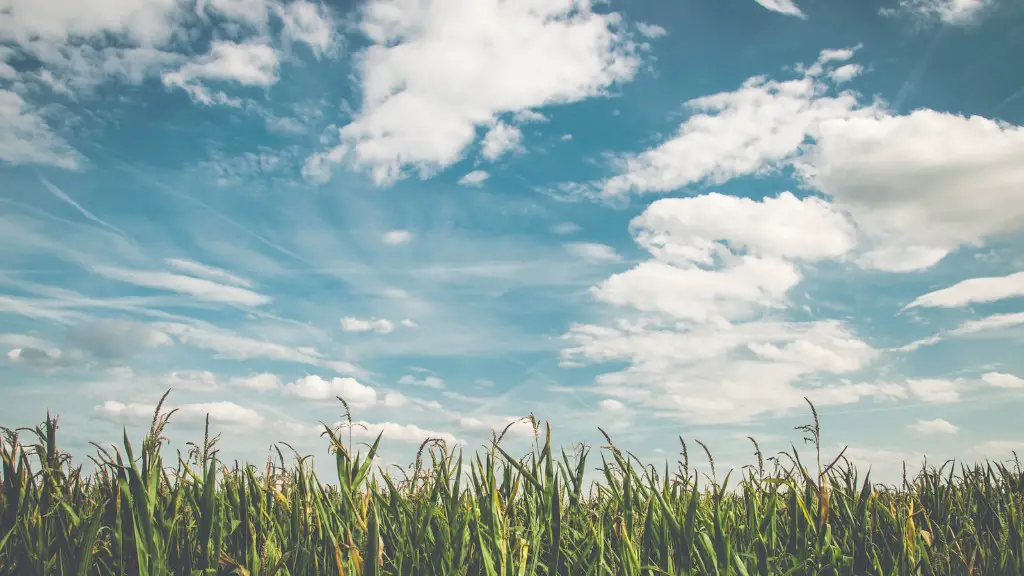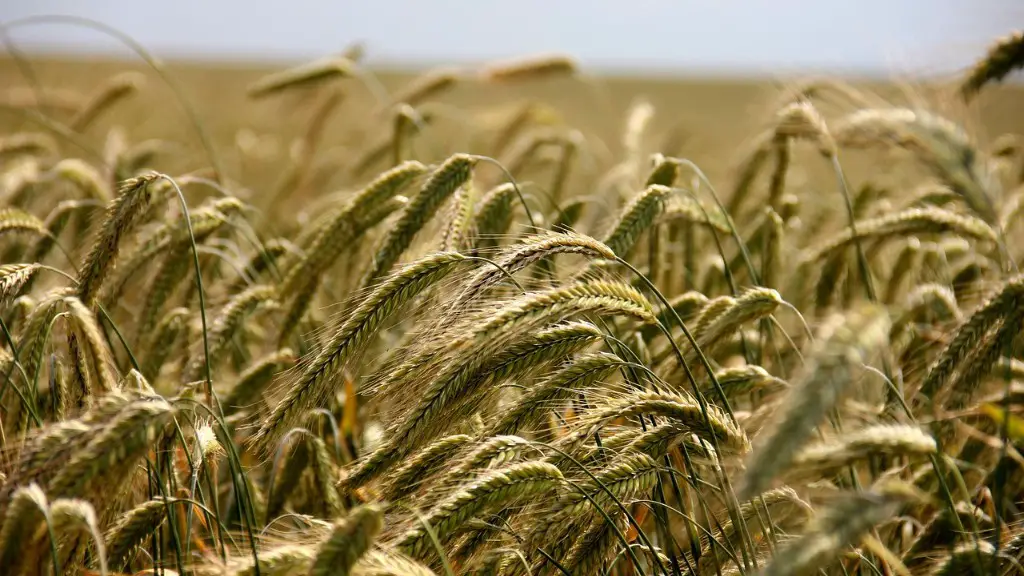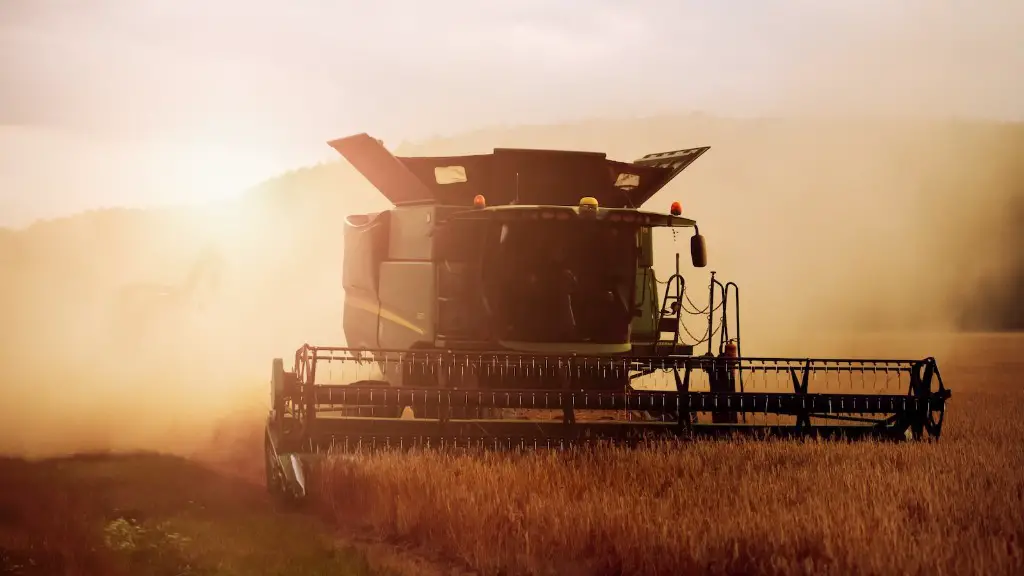soil formation is a process by which soils are created through the weathering of rocks and organic matter. This process can take hundreds or even thousands of years, and results in the development of a thin layer of soil that is able to support plant life. Soil formation is essential to agriculture, as it is the foundation upon which crops are grown. Without healthy soils, plants would not be able to take up the nutrients they need to survive, and harvest would be impossible.
There are many factors that contribute to soil formation in agriculture. The type of parent material, climate, topography, organisms, and time all play a role in the formation of soils. The parent material is the unweathered rock from which the soil forms. Climate influences the rate of chemical weathering of the parent material, which alters the soil’s chemical and physical properties. Topography affects the amount of erosion and deposition that occurs, which also changes the soil’s properties. Organisms contribute to the soil through their activities of decomposition, burrowing, and defecation. Finally, time is a factor because the longer a soil has to form, the more complex its structure and properties become.
What is soil formation?
Weathering is the process of breaking down rocks into smaller pieces by exposure to the elements. Natural erosion is the process of moving these smaller pieces of rock by water, wind, or ice. Temperature change, gravity, chemical interaction, living organisms, and pressure differences all contribute to weathering and erosion.
Soil is a very important natural resource that forms the foundation for plant growth. It is formed from fresh parent material through various chemical and physical weathering processes, and SOM is incorporated into soil through decomposition of plant residues and other biomass. Although these natural soil building processes regenerate the soil, the rate of soil formation is very slow.
What are the 5 types of soil formation
Soil is an important natural resource that forms the foundation for terrestrial ecosystems. The formation of soil is a complex process that is influenced by a variety of factors, including parent material, climate, biota, topography, and time.
Parent material refers to the rocks and minerals from which soil is formed. Climate plays a role in soil formation by affecting the rate of weathering and the amount of organic matter that is produced. Biota, including both plants and animals, also contribute to soil formation through their activities, such as root growth and decomposition. Topography influences soil formation by affecting the rate of erosion and deposition. Finally, time is a factor in soil formation because the process is slow and cumulative.
Scientists continue to study soil formation in order to better understand this important resource. By understanding the factors that influence soil formation, we can develop strategies to protect and improve this valuable resource.
Soil processes are the ways in which soils change and move. There are four main processes: additions, losses, transformations, and translocation.
Additions refer to anything that is added to the soil, such as organic matter, minerals, or water.
Losses occur when something is removed from the soil, such as through erosion or leaching.
Transformations happen when the composition of the soil changes, such as when organic matter breaks down or minerals are weathered.
Translocation is the movement of materials within the soil, such as when minerals are taken up by plants or water moves through the soil.
These processes are all happening all the time, and they can have a big impact on the fertility and health of the soil. Experiments are a great way to learn more about how these processes work and what effect they have on soils.
What is another word for soil formation?
Pedogenesis is the process of soil formation. It is the interaction between the physical, chemical, and biological processes that create and modify soils. Soil formation is a complex process that is influenced by the climate, parent material, topography, organisms, and time.
Soil fertility is greatly influenced by the factors of soil formation. As soils form, nutrients are being continually removed from and added to the soil with time. The conditions that are present during soil formation ultimately determine how much and what kind of nutrients the soil can naturally supply and hold.
How is soil formed simple answer?
Soil formation is a two step process. Weathering of rocks takes place and rock is broken down into small particles. These small particles mix with humus (organic matter) and form soil.
The 4 geological steps involved in soil formation are weathering, transportation, deposition, and upheaval. The rocks are disintegrated into smaller particles (soil particles) through erosion/weathering (physical or chemical). The soil particles are moved from one place to another by the agents of transportation (wind, water, ice, gravity). Finally, the soil particles are deposited in some low-lying areas. Uplift of the deposited rocks can also occur, which completes the soil formation process.
How many types of soil formation are there
Soil can be classified into three types based on its texture: sand, silt and clay. However, the percentage of these can vary, resulting in more compound types of soil such as loamy sand, sandy clay, silty clay, etc.
Soils are formed by the interplay of five main factors: climate, parent material, topography, biota, and time. Of these, climate is probably the most important factor in shaping soils. Two important climatic components, temperature and precipitation, are key. They determine how quickly weathering will be, and what kind of organic materials may be available on and inside of the soils.
Temperature affects soil formation in two ways. First, it affects the rate of chemical weathering. Chemical weathering is the process by which rocks and minerals are broken down into smaller particles by chemical reactions. The rate of chemical weathering is directly proportional to the temperature; that is, the warmer it is, the faster the weathering happens. Second, temperature influences the kind of vegetation that can grow in an area. Different plants have different rooting depths and different requirements for temperature and moisture. The kind of plants that grow in an area, in turn, influences the type of soil that forms.
Precipitation also affects soil formation, although in a more indirect way. Precipitation influences the rate of physical weathering, which is the process by which rocks and minerals are broken down into smaller particles by the physical action of water, ice, and wind.
What are the two methods of soil formation?
Soil Transformation is the chemical weathering of sand and the formation of clay minerals. This process can take place over time, through the action of water and other agents. Translocations refer to the movement of soil constituents within the profile and/or between horizons. This can happen through the action of animals, wind, water, and other forces.
Soil formation is a continuous and complex process that involves the physical and chemical weathering of rocks and minerals, the addition and loss of organic matter, and the translocation of materials within the soil profile. These processes are constantly occurring and interact with one another to produce the diverse range of soils that we see today.
What is the first stage of soil formation
As rocks are exposed to the elements, they slowly break down into smaller pieces. This process is called weathering, and it is the first step in soil formation. Over time, weathering can create rich, fertile soils that are perfect for plants to grow in.
Climate plays an important role in soil formation. Temperature and moisture influence the speed of chemical reactions, which in turn help control how fast rocks weather and dead organisms decompose. Soils develop faster in warm, moist climates and slowest in cold or arid ones. Rainfall is one of the most important climate factors in soil formation.
How is soil formed answer in two or three sentences?
Soil is an important natural resource that forms the basis for plant growth. It is formed over time through the weathering and erosion of rocks. Weathering is the process of breaking down large rocks into smaller soil pieces. Soil erosion occurs when the small pieces of soil are carried away by water or wind. This can have a negative impact on the environment and on agricultural productivity.
Decomposition is a process where larger pieces of rock are converted into smaller pieces, and eventually to soil. This is primarily done by wind, water, and climate. As a result of these processes, the ground is more fertile and can support more plant life.
Conclusion
The process of soil formation is essential to agriculture as it is the process by which new soil is created. Soil is created through the interactions of plants, animals, and microorganisms with the environment. Over time, these interactions result in the deposition of organic matter and minerals, which slowly accumulate to form new soil.
soil formation is a dynamic process that is constantly transforming the earth’s surface. It is a result of the interactions between the atmosphere, lithosphere, hydrosphere, and biosphere. Soil formation is a complex process that is influenced by many factors, including climate, topography, parent material, organisms, and time.





